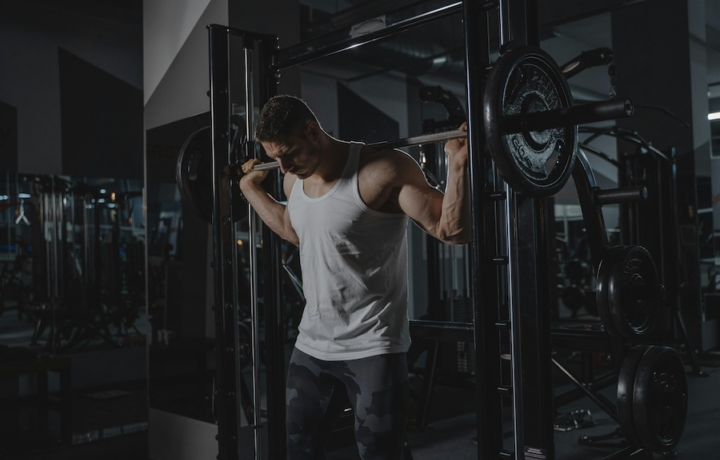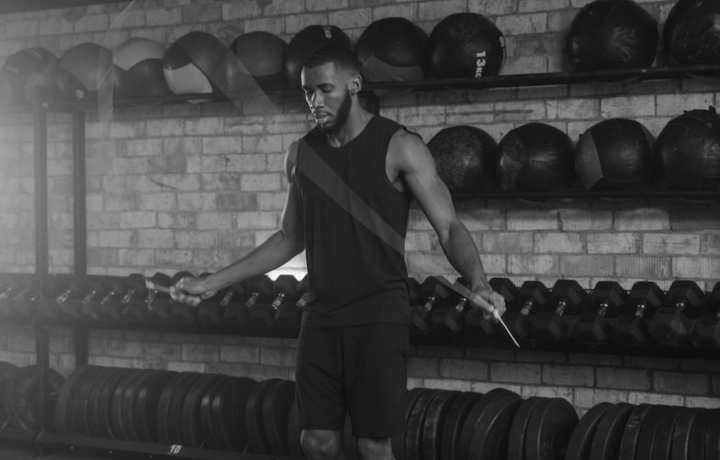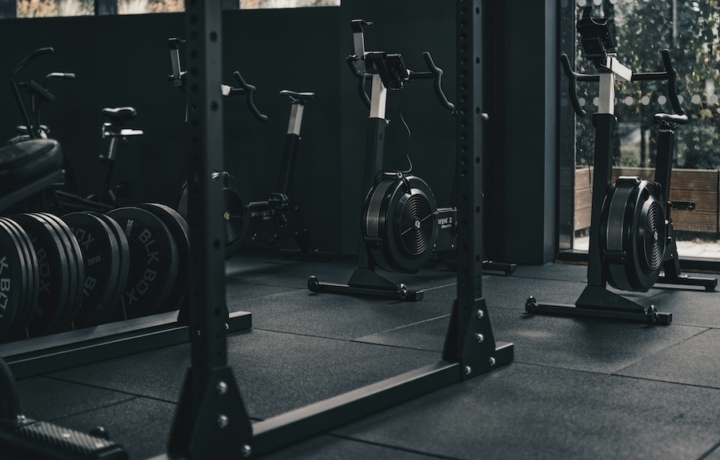Exercise
Bodyweight Step Up

Bodyweight Step Up
How to Perform
- Find a sturdy elevated surface such as a bench or step that is around knee height, and position yourself in front of it with feet hip-width apart.
- Place your entire right foot on top of the bench, ensuring your heel is secure and not hanging off the edge.
- Keeping your chest up and core engaged, push through your right heel to straighten your right leg as you exhale, bringing your left foot completely onto the bench.
- Maintain an upright torso throughout the movement, avoiding leaning too far forward or rounding your back.
- Pause briefly at the top position with both feet on the bench and your body fully extended.
- Begin the descent by bending your right knee and controlling the movement as you lower your left foot back to the floor while inhaling.
- Follow by bringing your right foot back to the starting position, or alternatively, keep your right foot on the bench and repeat the movement with the same lead leg.
- Complete all repetitions on one side before switching to the other leg, maintaining control and proper alignment throughout.
Important information
- Keep your knee aligned with your second toe throughout the movement to prevent inward knee collapse.
- If you're struggling with balance, place your hands on your hips or hold onto a stable surface until you develop more stability.
- Drive through the heel of your lead foot rather than the toes to properly engage your glutes and hamstrings.
- Adjust the height of your step based on your fitness level – lower is easier, higher increases difficulty.

Bodyweight Step Up
Exercise Details
Primary Muscles
Muscle Groups
Mechanic
Risk Areas
Built for progress
Take the guesswork out of training
Create personalized AI-powered workout plans that evolve with you. Train smarter, track every rep and keep moving forward, one workout at a time.






The Bodyweight Step Up is a versatile lower-body exercise that delivers impressive results without requiring fancy equipment. This accessible movement targets multiple muscle groups simultaneously, with primary emphasis on the glutes, quads, and hamstrings—the powerhouse muscles that drive everyday movements and athletic performance.
Perfect for beginners just starting their fitness journey, this exercise offers a gentle introduction to lower body training while still providing enough challenge to stimulate muscle growth and strength development. The beauty of step-ups lies in their scalability; you can adjust the height of your platform based on your current fitness level, making it possible to progress gradually as your strength improves.
Step-ups shine across various training modalities. In HIIT workouts, they elevate your heart rate quickly, burning calories and improving cardiovascular fitness. For bodybuilding purposes, they help sculpt defined legs and a shapely posterior when performed with proper form and appropriate volume. During recovery phases, lower, controlled step-ups with body weight can enhance blood flow to healing muscles without excessive strain.
The exercise develops both strength and endurance simultaneously. The lifting phase builds power in your legs and glutes, while performing multiple repetitions challenges your muscular endurance and stamina. This dual benefit makes step-ups particularly valuable for athletes and fitness enthusiasts looking to improve functional fitness that transfers to real-world activities.
What makes the Bodyweight Step Up truly stand out is its practicality. You'll strengthen the same movement patterns used when climbing stairs, hiking uphill, or stepping onto a bus—movements we encounter daily. This functional carryover is why many trainers consider step-ups a cornerstone exercise for building a resilient, capable body that performs well both in and out of the gym.
FAQ - Bodyweight Step Up
Bodyweight Step Ups primarily target your quadriceps, hamstrings, and glutes, with secondary engagement of your calves and core muscles for stability. The exercise emphasizes the quadriceps during the upward phase and the hamstrings/glutes during the controlled lowering phase.
Beginners should start with a lower platform (6-8 inches) and focus on stability and proper form. As you progress, increase the height of the platform, add more repetitions, or incorporate a pause at the top position to intensify the exercise without adding weight.
The three most common mistakes are pushing off with your back foot (instead of driving through the heel of your working leg), letting your knee cave inward during the ascent, and rushing through repetitions with poor control. Focus on driving through your heel, keeping your knee aligned with your toes, and maintaining a controlled tempo.
Include Bodyweight Step Ups 2-3 times per week with at least 48 hours between sessions to allow for proper recovery. They work well as part of a lower body training day or in circuit-style workouts, typically performing 3-4 sets of 10-15 repetitions per leg.
When performed correctly with appropriate height, Bodyweight Step Ups can strengthen the muscles surrounding the knee joint, improving stability and function. Start with a lower height and focus on perfect form if recovering from injury, but always consult with a physical therapist before using this exercise for rehabilitation purposes.










